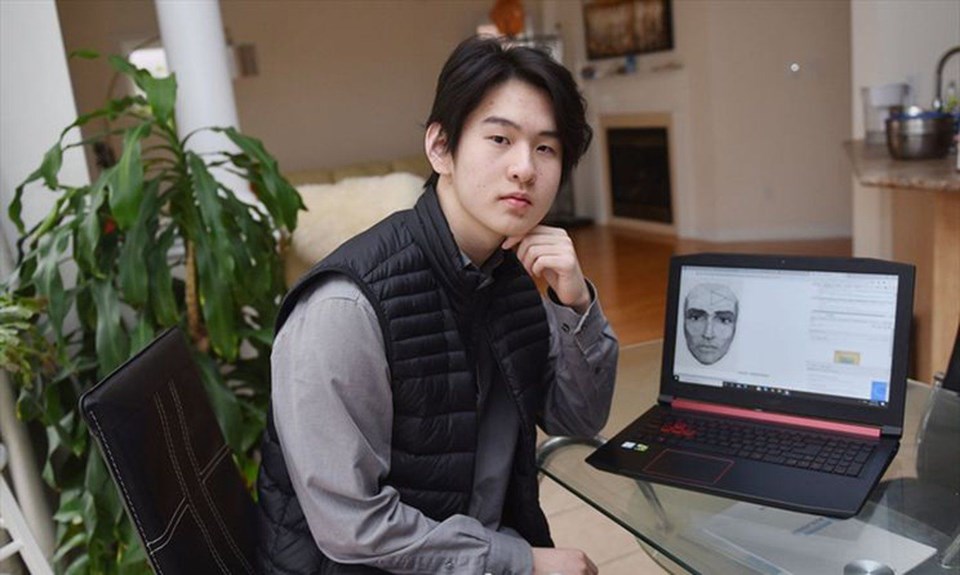Fifteen-year-old Jerry Di has an ambition to save millions of Tourette patients from suffering.
Tourette syndrome is a disability that causes the patient to have multiple coherent tics. These are repetitive muscle spasms that can range from tiny movements to whole body jerks. “This condition causes extreme social stigma and discomfort, especially in youth,” Di said.
Over the past year, Di has assembled a team of people from University of Waterloo, University of Toronto, and a few others to work on a biotechnology startup to support the treatment field for Tourette syndrome.
“We are building a virtual therapy platform that uses machine learning to diagnoses patients and treats them through specialized therapy. We hope to use it to drastically improve the treatment field for Tourette syndrome.”
The AI-powered diagnosis is quite convenient; all the user has to do is select the location of their tic, then the Unitic platform will handle the rest.
Di and his team recently got supported by the president of the Alberta OCD Foundation and Tourette Network; however, he said, just their efforts alone are not enough. We need society to pay more attention to this disease and its sufferers, he said.
For several years, Tourette syndrome research and treatment has been garnering less and less funding. As a result, the treatment quality has gone down. “We're leaving millions of people without support or treatment, especially in commonly overlooked areas.”
There is a dire need for people to gain more awareness on this disability and provide more support to the industry. Through his startup, Di said they would like to improve treatment for people with Tourette syndrome.
“We simply hope to make an innovative change in the way Tourette syndrome is treated with our platform. Our goal is to be the competition that will push the Tourette syndrome treatment industry to improve,” said Emily Su, the back-end lead in Di’s team.
Although his product has not been brought to market, Di has great determination to do it well because he was diagnosed with Tourette’s a few years ago.
Di noticed an unseemly trend within the industry when he was chasing treatment for his rather severe case of Tourette syndrome.
“All the possible methods are either outrageously expensive, impossible to commute to or just downright ineffective,” he said.
But the biggest concern was that nothing was being done to improve the treatment for Tourette syndrome, he said.
It didn’t sit right with Di that millions of people worldwide have to suffer from Tourette syndrome every day without a decent treatment. “That’s why I wanted to create a platform that would solve this issue, something that anyone could use at any time to better themselves.”
Di and his team are currently focusing on optimization on select parts of the Unitic platform, such as the neural net for diagnosis and training the AI to compile data more efficiently.
In the near future, they look forward to engaging in a few more talks with professional and industry leaders to secure more certification. “We want to be able to provide the best of the Unitic platform, and the best experience to help patients.”
Scarlett Liu is a reporter for the Local Journalism Initiative, which is funded by the Government of Canada, with Torstar Community Brands.
